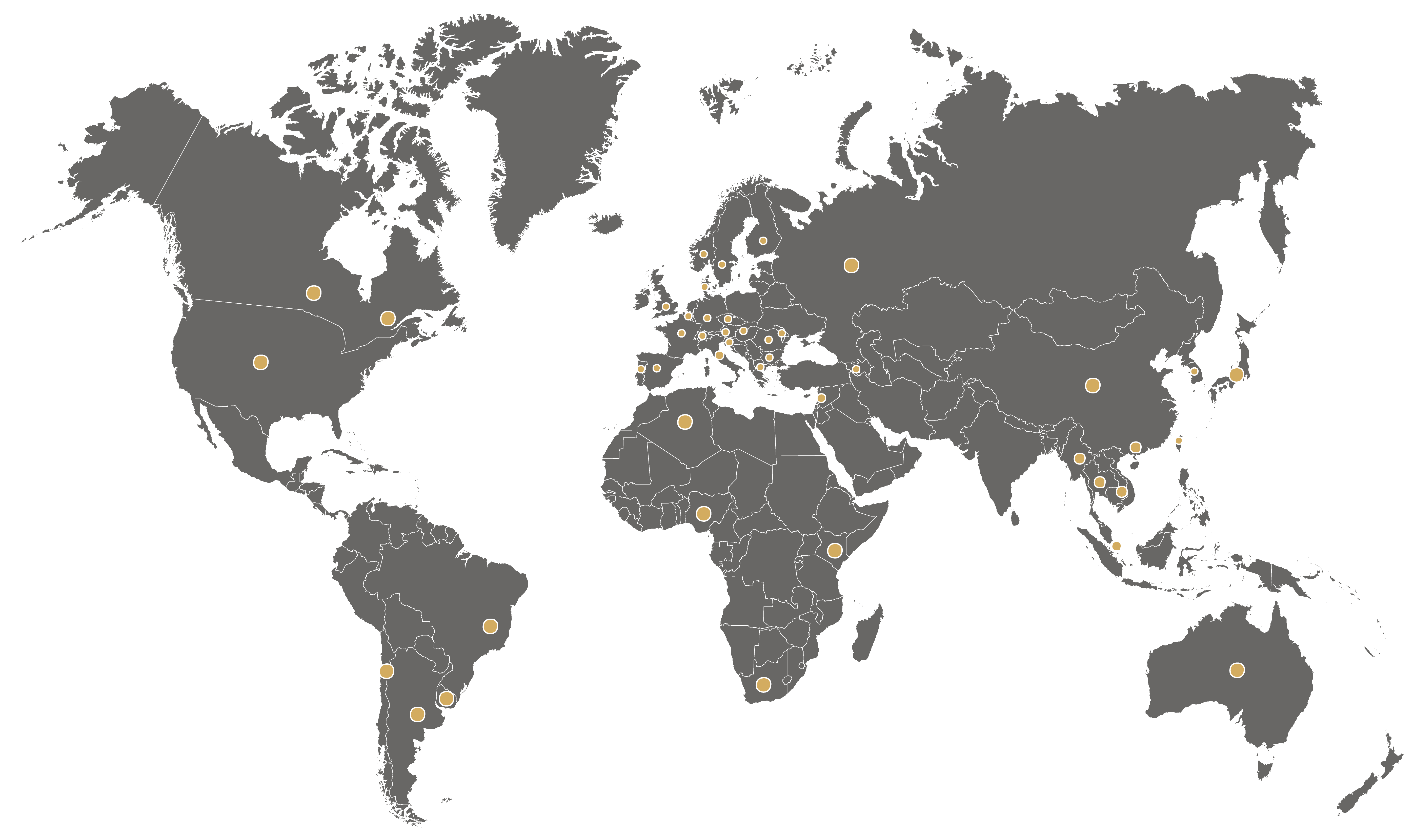Germany is one of the largest wine consumption markets in Europe and stands out for its strong demand for spirits. With a population of over 83 million and a rich wine culture, Germany offers immense potential for producers looking to export their wines and spirits. However, before entering this market, it’s crucial to understand the regulations in place and the country’s consumption trends. Follow our guide.
As a member of the European Union, Germany adheres to harmonized standards for the import and export of alcoholic beverages within the EU. The European market ensures the free movement of goods. While there are no customs duties between EU member states, products must comply with EU labeling and quality standards.
Other agreements facilitate the import and export of goods by reducing tariff and non-tariff barriers between Germany and countries outside the European Union, including Canada (CETA), Japan (JEFTA), South Korea, Vietnam, Mexico, and New Zealand. Wine and spirits exporters must adhere to EU phytosanitary controls. Moreover, organic wines must be certified in accordance with EU regulations for organic products.
Germany is also engaged in EU-led negotiations for agreements with other countries, such as Mercosur and Australia, although these agreements are not yet finalized.
As both a producer and importer of wine, Germany has been one of the world’s top wine importers by volume for many years and ranks as the leading global consumer of sparkling wines.
Germany is also the largest volume market for French wine exports, even though it only ranks 4th in value in the global wine and spirits market.
In 2023, red wines were the most consumed, accounting for 45% of total consumption, followed by white wines (26.5%), rosé wines (12.5%), and sparkling wines (21%).
Germany imports a wide variety of wines, with Italy, Spain, and France being the main suppliers. Organic wines and those with quality labels (AOP, AOC, IGP) are increasingly sought after by German consumers.
While wine consumption accounts for 15% of total alcohol consumption in the country, beer is also highly appreciated, making up 8% of consumption in 2023, followed by spirits with 4% of the market.
Despite the strong growth in the alcoholic beverage market, consumption trends are evolving. A desire for mindful consumption and self-care is becoming increasingly prominent among consumers. As a result, many non-alcoholic beverages, such as alcohol-free beers and wines, are entering the market. This expanding segment is pushing producers to offer ever more innovative products.
Using Gilbert & Gaillard medals for wine exportation means leveraging an internationally recognized wine competition with a 35-year history. Want to register your wines? Log in to your winemaker space for access to our database of over 10,000 importers and distributors, including a specialized list of German importers.
